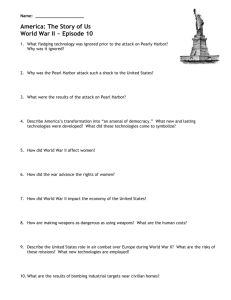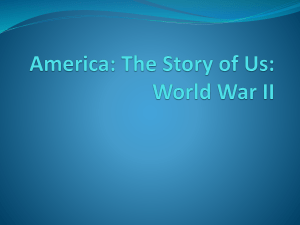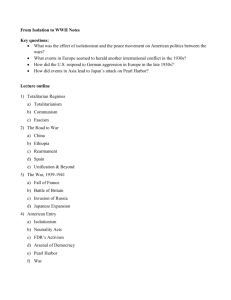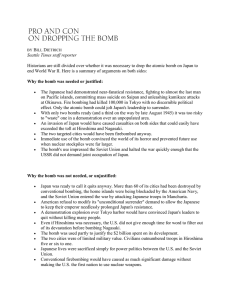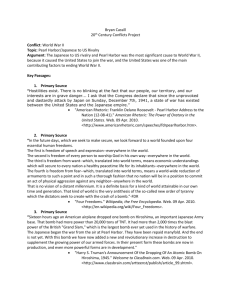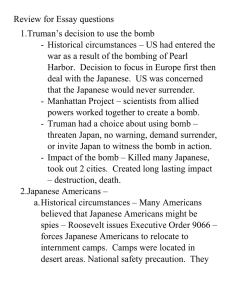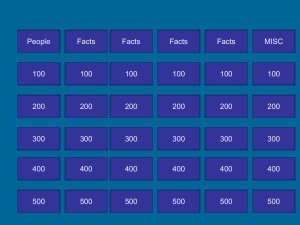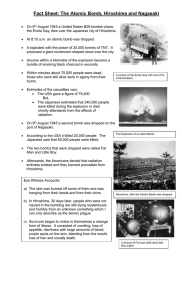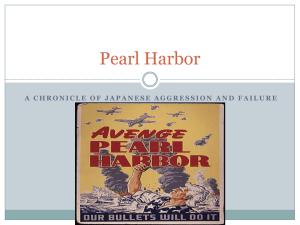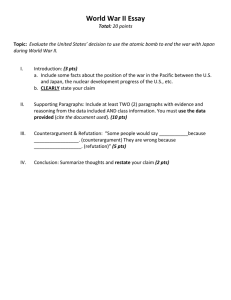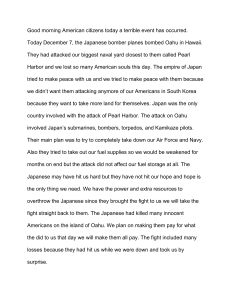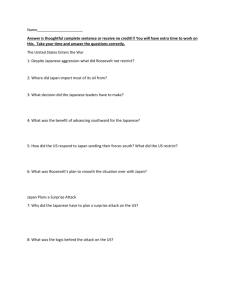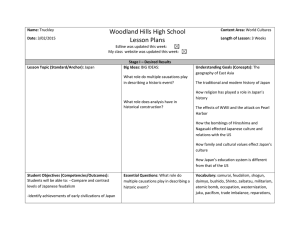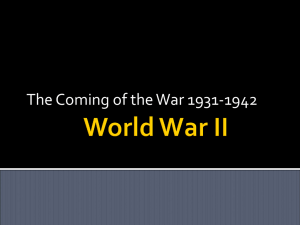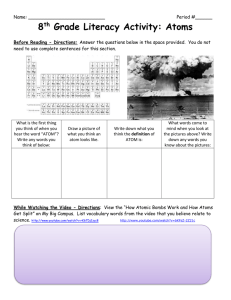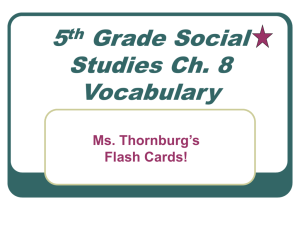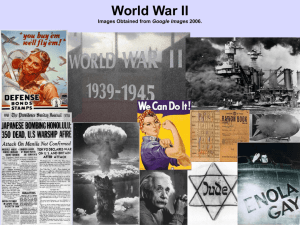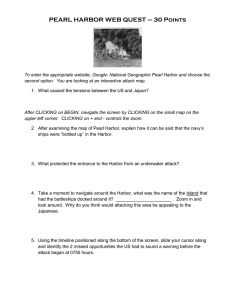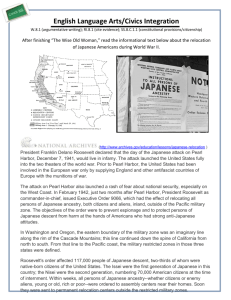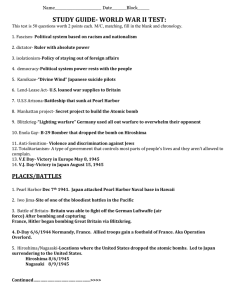Unit 6-The Early 19th Century
advertisement
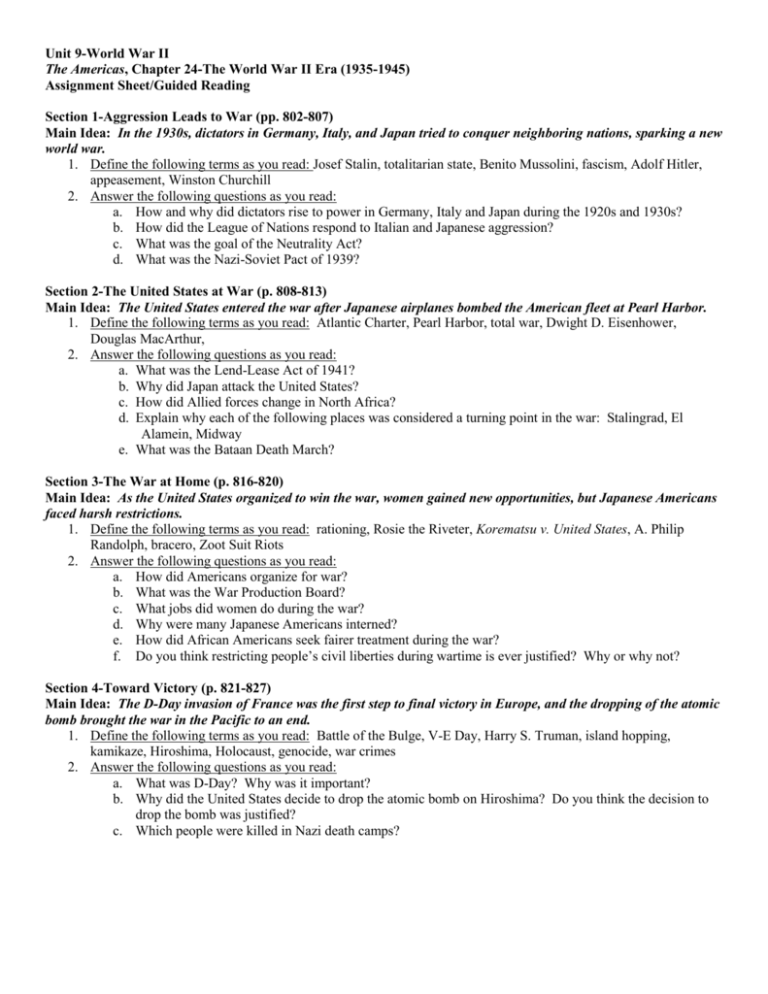
Unit 9-World War II The Americas, Chapter 24-The World War II Era (1935-1945) Assignment Sheet/Guided Reading Section 1-Aggression Leads to War (pp. 802-807) Main Idea: In the 1930s, dictators in Germany, Italy, and Japan tried to conquer neighboring nations, sparking a new world war. 1. Define the following terms as you read: Josef Stalin, totalitarian state, Benito Mussolini, fascism, Adolf Hitler, appeasement, Winston Churchill 2. Answer the following questions as you read: a. How and why did dictators rise to power in Germany, Italy and Japan during the 1920s and 1930s? b. How did the League of Nations respond to Italian and Japanese aggression? c. What was the goal of the Neutrality Act? d. What was the Nazi-Soviet Pact of 1939? Section 2-The United States at War (p. 808-813) Main Idea: The United States entered the war after Japanese airplanes bombed the American fleet at Pearl Harbor. 1. Define the following terms as you read: Atlantic Charter, Pearl Harbor, total war, Dwight D. Eisenhower, Douglas MacArthur, 2. Answer the following questions as you read: a. What was the Lend-Lease Act of 1941? b. Why did Japan attack the United States? c. How did Allied forces change in North Africa? d. Explain why each of the following places was considered a turning point in the war: Stalingrad, El Alamein, Midway e. What was the Bataan Death March? Section 3-The War at Home (p. 816-820) Main Idea: As the United States organized to win the war, women gained new opportunities, but Japanese Americans faced harsh restrictions. 1. Define the following terms as you read: rationing, Rosie the Riveter, Korematsu v. United States, A. Philip Randolph, bracero, Zoot Suit Riots 2. Answer the following questions as you read: a. How did Americans organize for war? b. What was the War Production Board? c. What jobs did women do during the war? d. Why were many Japanese Americans interned? e. How did African Americans seek fairer treatment during the war? f. Do you think restricting people’s civil liberties during wartime is ever justified? Why or why not? Section 4-Toward Victory (p. 821-827) Main Idea: The D-Day invasion of France was the first step to final victory in Europe, and the dropping of the atomic bomb brought the war in the Pacific to an end. 1. Define the following terms as you read: Battle of the Bulge, V-E Day, Harry S. Truman, island hopping, kamikaze, Hiroshima, Holocaust, genocide, war crimes 2. Answer the following questions as you read: a. What was D-Day? Why was it important? b. Why did the United States decide to drop the atomic bomb on Hiroshima? Do you think the decision to drop the bomb was justified? c. Which people were killed in Nazi death camps?
